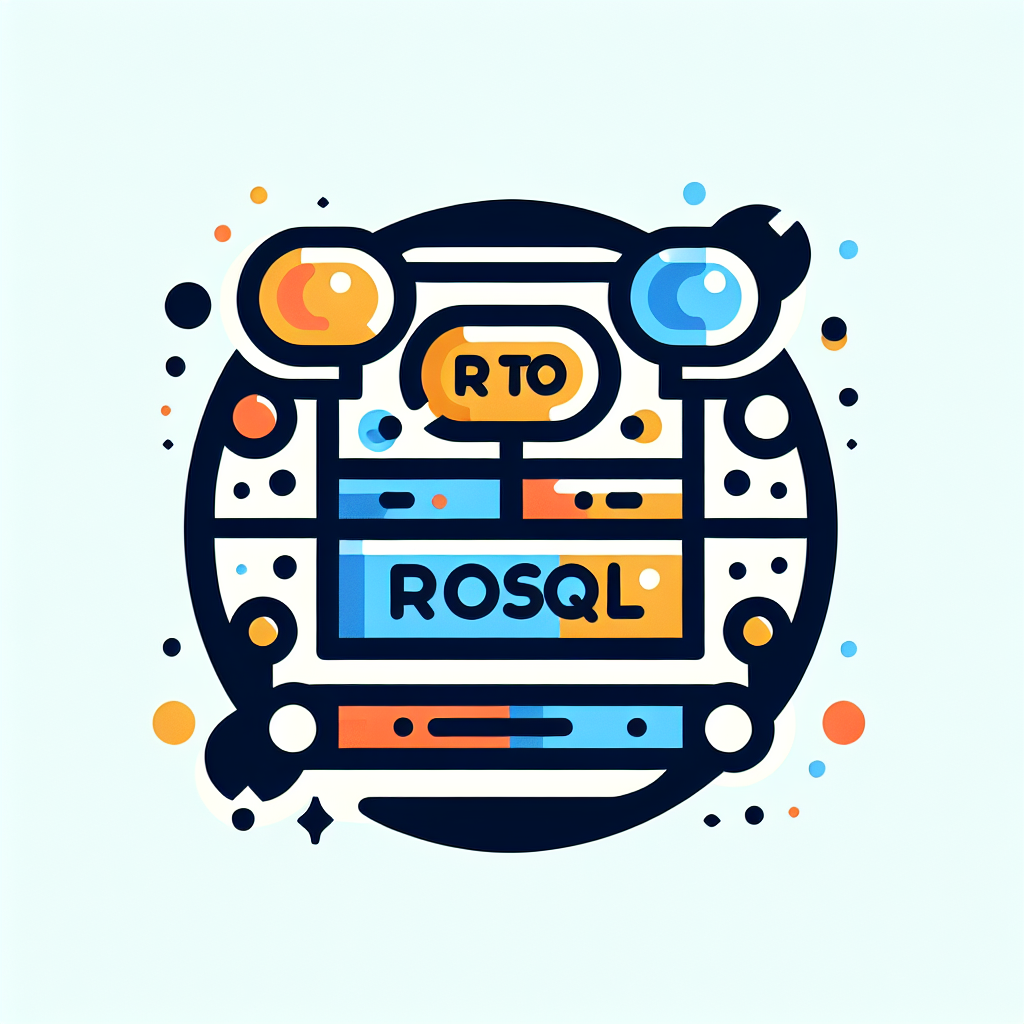Effortlessly Convert R Data to NoSQL with Our Tool
Effortlessly convert R data to NoSQL databases! Enhance data handling with our tool, offering seamless integration and optimized performance. Try it today!
Source Code
Converted Code
Output will appear here...
R to NoSQL Converter seamlessly transforms your R data frames into NoSQL-compatible formats, enabling efficient data management and analysis. Ideal for data scientists and analysts, this tool enhances workflow by facilitating smooth integration with NoSQL databases like MongoDB and Cassandra. Boost productivity and streamline data migration with our intuitive R to NoSQL solution. Keywords: data conversion, R integration, NoSQL databases, data management.

R to NoSQL: A Seamless Data Transition Tool Link to this section #
The 'r to nosql' tool is designed for data scientists and analysts who need to transition their data from R environments to NoSQL databases efficiently. This tool supports a variety of NoSQL databases, including MongoDB, Cassandra, and Couchbase, ensuring seamless integration and data management.
Key Features Link to this section #
- Automatic Conversion: Converts R data frames and other data structures into NoSQL-compatible formats.
- Supported Databases: Works with popular NoSQL databases such as MongoDB, Cassandra, and Couchbase.
- Scalability: Handles large datasets effortlessly, making it ideal for big data applications.
Benefits Link to this section #
- Ease of Use: Simple commands make data conversion straightforward.
- Flexibility: Supports multiple NoSQL databases, allowing flexibility in data storage and retrieval.
- Efficiency: Reduces the time and effort needed to manually convert data formats.
Usage Link to this section #
To use the 'r to nosql' tool, you can follow these basic steps:
- Install the Package: First, install the necessary package in R.
install.packages("rToNoSQL") - Load the Library: Load the library to access its functions.
library(rToNoSQL) - Convert and Transfer Data: Use the tool to convert and transfer your data.
rToNoSQL::convertToNoSQL(dataFrame, databaseType = "MongoDB", connectionDetails)
Additional Resources Link to this section #
Whether you are handling real-time data analytics or large-scale data storage, the 'r to nosql' tool simplifies the complex process of data migration, ensuring data integrity and accessibility across platforms.
Frequently Asked Questions
What is the process of connecting R to a NoSQL database?
To connect R to a NoSQL database, you typically use specialized packages designed for the specific type of NoSQL database you are targeting. For example, the 'mongolite' package can be used for MongoDB, while 'couchDB' is used for Couchbase. You will need to install the appropriate package, use its functions to establish a connection, and then perform operations such as querying or data manipulation.
Can R natively handle NoSQL databases, or are additional packages necessary?
R does not natively support NoSQL databases, so additional packages are necessary to interface with these types of databases. These packages provide functions that allow you to connect to the database, execute queries, and manage data within your R environment.
What are the advantages of using R with NoSQL databases?
Using R with NoSQL databases offers several advantages, including the ability to handle large volumes of unstructured data, flexibility in data storage, and horizontal scalability. This integration allows data scientists to leverage R's powerful analysis and visualization capabilities on datasets that are stored in a NoSQL format, enabling more complex and scalable data processing workflows.